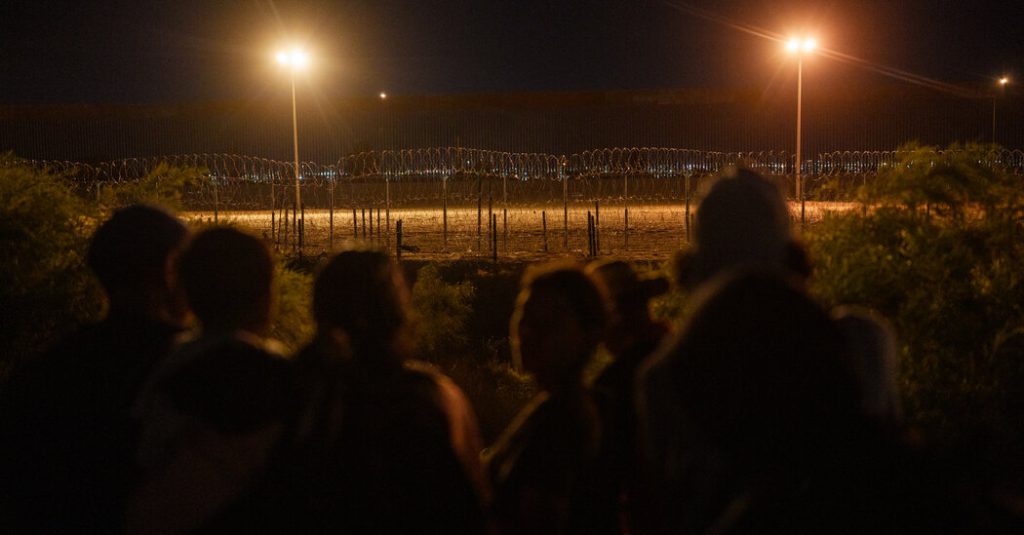Between 2018 and 2019, there was a significant increase in the number of migrants crossing the southern border illegally. The number of family units increased by 456 percent, from 77,794 to 432,838, while the number of single adults also climbed by 30 percent. Mexican families fleeing violence and cartel control in their home country have been crossing the border in search of safety in the United States. Last year, over 600,000 family units were apprehended after crossing the border.
In the first eight months of the 2024 fiscal year, the Border Patrol apprehended nearly 150,000 Mexican migrant families entering the United States illegally. This is a significant increase compared to previous years, with 87,014 in 2023 and 17,040 in 2020. Policy analyst Kathleen Bush-Joseph noted that Mexican families are easier to send back to their country compared to other migrants, as they can be returned on a bus. However, the new restrictions put in place are likely to lead to family separations as parents may choose to send their children alone, often with smugglers.
In May of last year, a 4-year-old child was dropped over the steel wall separating San Diego from Tijuana, surviving the fall. This incident highlights the dangers and desperation that many migrants face when attempting to cross the border. Two years earlier, Border Patrol agents rescued two young sisters, aged 3 and 5, who had been dropped on the U.S. side of the barrier in New Mexico. The risks involved in these crossings underscore the need for comprehensive immigration reform and better enforcement strategies.
The surge in Mexican migrant families crossing the border has posed challenges for U.S. authorities in terms of enforcement and processing. With the increasing numbers, there is a strain on resources and capacity to handle the influx of migrants. The Biden administration has faced criticism for its handling of the situation at the border, with calls for stronger border security measures and immigration policies. The issue of immigration remains a complex and contentious topic, with different perspectives on how to address the challenges posed by increased migration.
Efforts to deter illegal crossings have led to stricter enforcement measures, including the removal of families and exemptions for unaccompanied minors. However, these measures have also raised concerns about potential family separations and the welfare of migrant children. The complexities of the situation at the border require a comprehensive approach that takes into account the root causes of migration and the humanitarian needs of migrants. Addressing the underlying factors driving migration, such as violence and poverty, is crucial to finding sustainable solutions to the ongoing challenges at the border.
As the number of migrants crossing the border continues to rise, there is a pressing need for cooperation and coordination between the U.S. and Mexico to address the root causes of migration and improve border security. Enhancing collaboration on law enforcement and border control efforts can help to reduce the risks faced by migrants and border communities. By working together to address the underlying factors driving migration, both countries can strive towards a more sustainable and humane approach to managing the challenges at the border.


